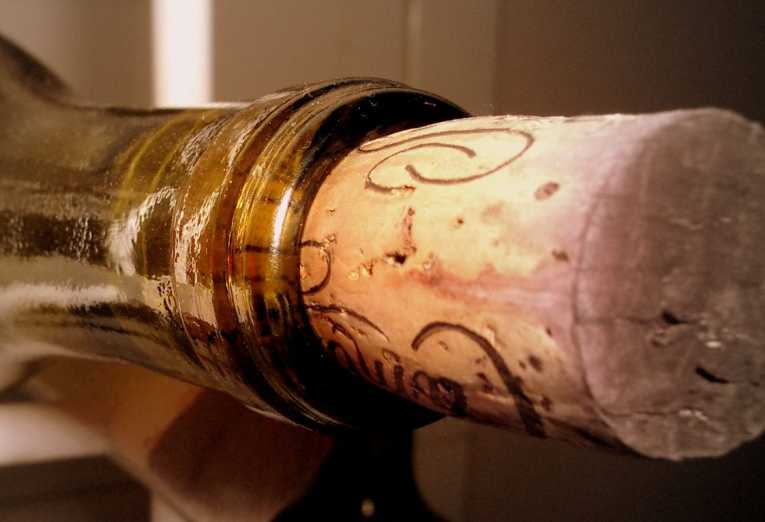Have you ever hefted a wine bottle in a supermarket and thought - that's a lot of weight to lug about? All that glass contributes to greenhouse gases as it is freighted around the world by airplane, truck or ship. If the packaging was made lighter, some of the most climate-damaging effects would be reduced.
However, wine bottles have thick glass for a reason: it is stronger, which is particularly important for sparkling wines: it wouldn't do for the bottles to explode in the warehouse or store. Modern glass technology means that it is possible to make bottle glass thinner without losing durability.
Supermarkets around the world have been using their great buying-power to create innovative methods of transport and packaging. Upmarket UK retailer Waitrose has started a bulk shipped wine called Virtue, which is brought in via sea in 24,000 litre recyclable flexitanks.
The wine is then put into 32,000 bottles and so avoids 16 tons of glass being shipped.
Additionally, the the bottles used are made with at least 60% recycled material. The emissions reduced are the equivalent of taking 14 cars off the road.
Champagne producers have agreed on an 8% lighter bottle: the champagne producers' trade association: the Inter-professional Committee of Champagne Wine, has is launching a new standard bottle to cut carbon emissions which will weigh 835 grams (29.5 ounces), thus saving 8,000 tons of carbon a year, which it likens to the annual emissions of 4,000 cars.
The world's largest glass container producer, Owens-Illinois, headquartered in Perrysburg, Ohio, recently announced that it will produce a new wine bottle that will weigh more than 25 percent less than similar bottles.
"We are proud to offer additional lightweight packaging options that help customers realize their higher environmental savings," said Stan Gossett, vice president and category director for North America Wine. This will save 89 tons (80.74 metric tonnes) of carbon dioxide, according to the company - the equivalent of having it absorbed by 4,100 trees.
Wine merchants are also putting wine in other containers, which is gradually gaining greater acceptance in the purist world of wine drinkers. According to the Washington Post, "Consumers can now choose among an increasing number of wines in boxes and cardboard Tetra Paks.
Those alternatives boast green credentials because they are lighter and can stack uniformly, cutting transportation costs as well as the carbon emissions created by getting wine from there to here. If they end up in landfills, they take up less room than bottles. "
href="https://earthtimes.org/environment/co2/index.html">Carbon Dioxide /









